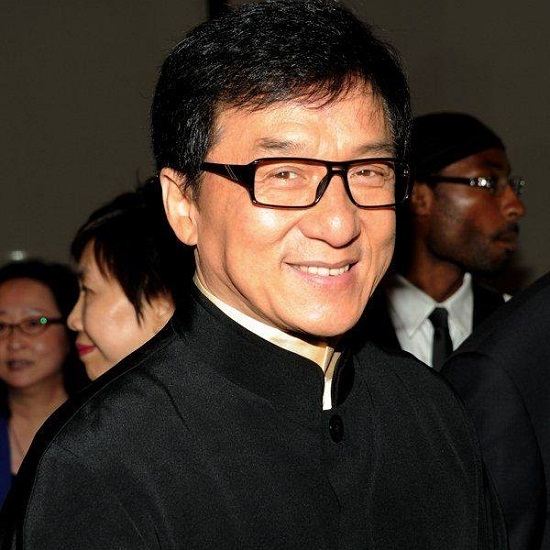Hong Kong's cheeky, lovable and best known film star, Jackie Chan endured many years of long, hard work and multiple injuries to establish international success via his early beginnings in Hong Kong's manic martial arts cinema industry.steemit
Jackie was born Kong-sang Chan on Hong Kong's famous Victoria Peak on April 7, 1954, to Charles and Lee-Lee Chan, and the family emigrated to Canberra, Australia, in early 1960. The young Jackie was less than successful scholastically, so his father sent him back to Hong Kong to attend the rigorous China Drama Academy, one of the Peking Opera schools. Chan excelled at acrobatics, singing and martial arts and eventually became a member of the "Seven Little Fortunes" performing troupe and began lifelong friendships with fellow martial artists / actors Sammo Kam-Bo Hung and Biao Yuen. Chan journeyed back and forth to visit his parents and work in Canberra, but eventually he made his way back to Hong Kong as his permanent home. In the early 1970s Chan commenced his movie career and interestingly appeared in very minor roles in two films starring then rising martial arts superstar Bruce Lee: The Chinese Connection (1972), aka "Fist of Fury" aka "The Chinese Connection", and the Warner Bros. production Enter the Dragon (1973). Not long after Lee's untimely death Chan was often cast in films cashing in on the success of Bruce Lee by utilizing words like "fist", "fury" or "dragon" in their US release titles.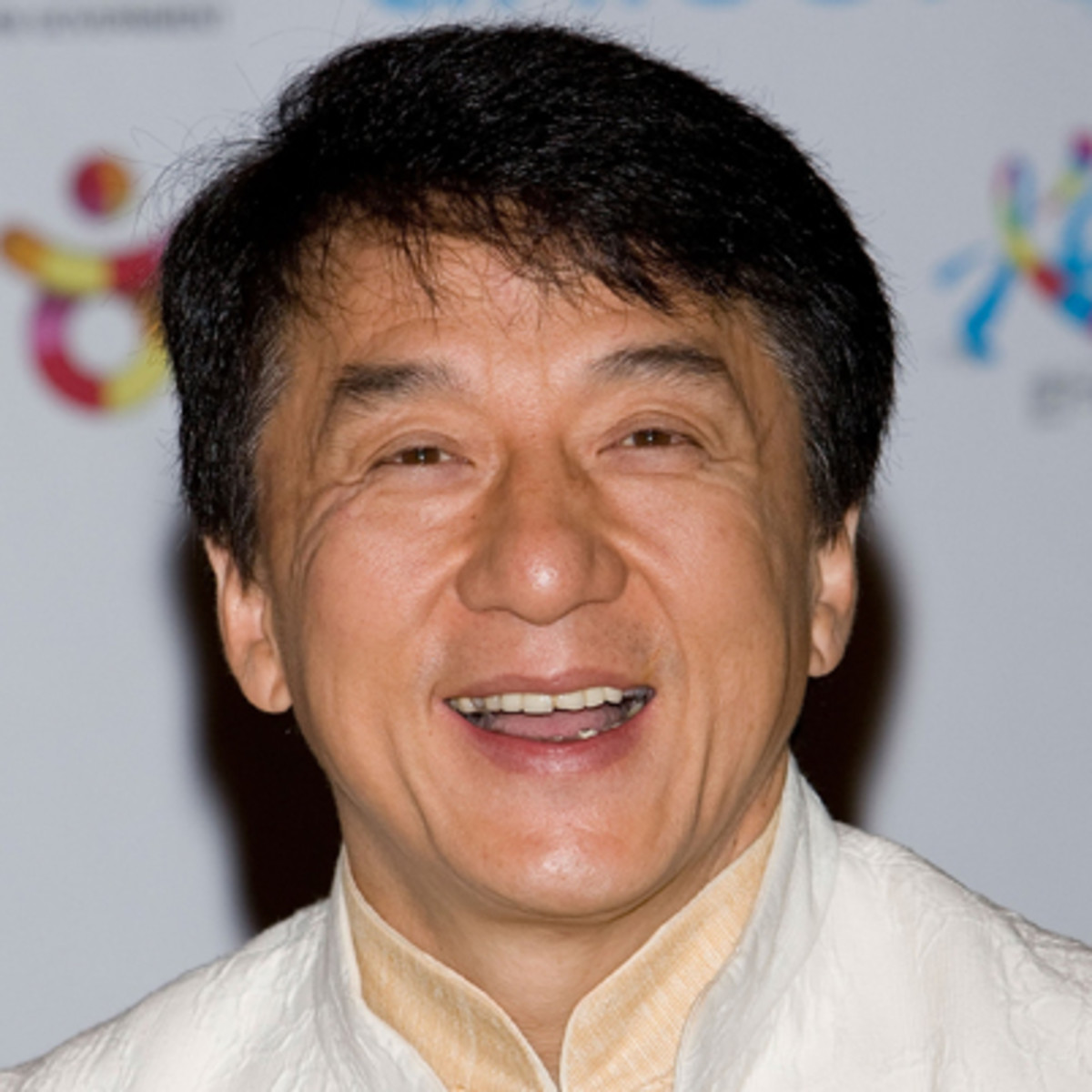
Chan's own film career was off and running and he swiftly appeared in many low-budget martial arts films that were churned out at a rapid fire pace by Hong Kong studios eager to satisfy the early 1970s boom in martial-arts cinema. He starred in Shaolin Wooden Men(1976) (aka "Shaolin Wooden Men"), Jian hua yan yu jiang nan (1977) (aka "To Kill With Intrigue"), Yi zhao ban shi chuang jiang hu (1978) (aka "Half A Loaf of Kung Fu") and Magnificent Bodyguards (1978) (aka "Magnificent Bodyguards"), which all fared reasonably well at the cinemas. However, he scored a major breakthrough with the hit Drunken Master (1978) (aka "Drunken Master"), which has become a cult favorite among martial arts film fans. Not too long after this, Chan made his directorial debut with The Young Master (1980) (aka "The Young Master") and then "Enter the Dragon" producer Robert Clouse lured Jackie to the US for a film planned to break Jackie into the lucrative US market. Battle Creek Brawl (1980) (aka "Battle Creek Brawl") featured Jackie competing in a "toughest street fighter" contest set in 1940s Texas; however, Jackie was unhappy with the end result, and it failed to fire with US audiences. In a further attempt to get his name known in the US, Jackie was cast alongside Burt Reynolds, Roger Mooreand Dean Martin in the Hal Needham-directed car chase flick The Cannonball Run (1981). Regrettably, Jackie was cast as a Japanese race driver and his martial arts skills are only shown in one small sequence near the film's conclusion. Stateside success was still a few years away for Jackie Chan!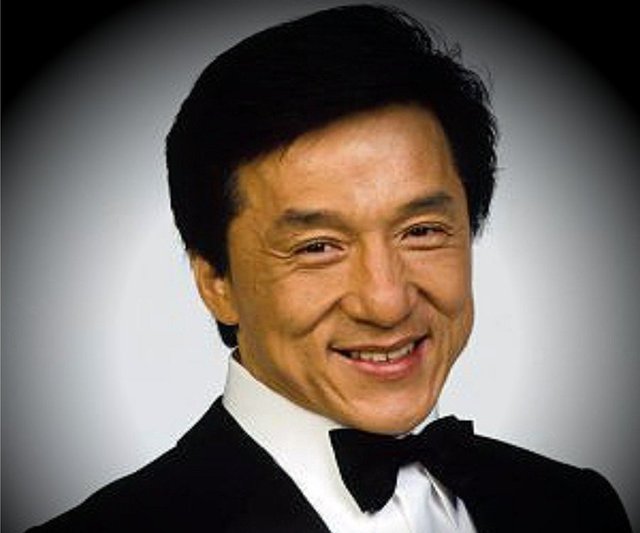
Undeterred, he returned to the Orient to do what he did best--make jaw-dropping action films loaded with amazing stunt work. Chan and his legendary stunt team were unparalleled in their ability to execute the most incredible fight scenes and action sequences, and the next decade would see some of their best work. Chan paired with the dynamic Sammo Hung Kam-Bo to star in Winners & Sinners (1983) (aka "Winners & Sinners"), Project A (1983) (aka "Project "A"), Wheels on Meals (1984) (aka "Wheels On Meals"), My Lucky Stars (1985) (aka "Winners & Sinners 2"), My Lucky Stars 2: Twinkle Twinkle Lucky Stars (1985) (aka "My Lucky Stars 2", aka "Winners & Sinners 3"(. Chan then journeyed back to the US for another shot at that market, starring alongside Danny Aiello in The Protector (1985),) filmed in Hong Kong and New York. However, as with previous attempts, Jackie felt the US director--in this case, James Glickenhaus--failed to understand his audience appeal and the film played to lukewarm reviews and box-office receipts. Jackie did, however, decide to "harden" up his on-screen image somewhat and his next film, Police Story (1985) (aka "Police Story") was a definite departure from previously light-hearted martial arts fare, and his fans loved the final product!steemit
This was quickly followed up with the Raiders of the Lost Ark (1981)-influenced Armour of God (1986) (aka "The Armour of God"), during filming of which Jackie mistimed a leap from a wall to a tree on location in Yugoslavia and fell many quite a few feet onto his head, causing a skull fracture. It was another in a long line of injuries that Chan has suffered as a result of doing his own stunt work, and he was soon back in front of the cameras. Project A 2 (1987) (aka "Project A: Part 2"), Police Story 2 (1988) (aka "Police Story 2"), Miracles - Mr. Canton and Lady Rose (1989) (aka "Mr. Canton and Lady Rose)", Armour of God 2: Operation Condor (1991) (aka "Armour of God 2") and Supercop (1992) (aka "Police Story 3") were all sizable hits for Jackie, escalating his status to phenomenal heights in Asia, and to his loyal fan base around the globe. US success was now just around the corner for the the hard-working Jackie Chan, and it arrived in the form of the action film Rumble in the Bronx (1995) (aka "Rumble In The Bronx", though it was actually filmed in Canada) that successfully blended humor and action to make a winning formula in US theaters.
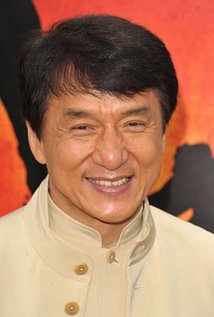
Jackie did not waste any time and went to work on Police Story 4: First Strike (1996) (aka "Police Story 4"), Mr. Nice Guy (1997) (aka "Mr. Nice Guy"), Who Am I? (1998) (aka "Who Am I"), which all met with positive results at the international box office. Jackie then went to work in the his biggest-budget US production, starring alongside fast-talking comedian Chris Tucker in the action / comedy Rush Hour (1998). The film was a bigger hit than "Rumble In the Bronx" and firmly established Jackie as a bona fide star in the US. Jackie then paired up with rising talent Owen Wilson to star in Shanghai Noon (2000) and its sequel, Shanghai Knights (2003), and re-teamed with Tucker in Rush Hour 2 (2001), as well as starring in The Tuxedo (2002), The Medallion (2003) and the delightful Around the World in 80 Days (2004). Not one to forget his loyal fan base, Jackie returned to more gritty and traditional fare with New Police Story (2004) (aka "New Police Story") and The Myth (2005) (aka "The Myth"). The multi-talented Chan (he's also a major recording star in Asia) shows no sign of slowing down and has long since moved out of the shadow of Bruce Lee, to whom he was usually compared early in his career.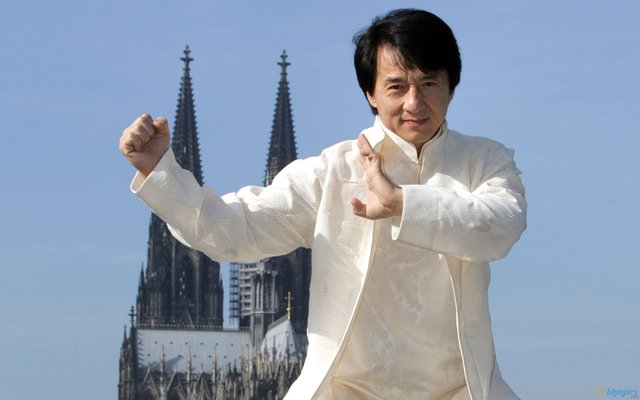
Chan is truly one of the international film industry's true maverick actor / director / stuntman / producer combinations - he has done it the hard way, and always his way to achieve his dreams and goals to be an international cinematic star. Off screen he has been directly involved in many philanthropic ventures providing financial assistance to schools and universities around the world. He is a UNICEF GoodWill Ambassador, and he has campaigned against animal abuse and pollution and assisted with disaster relief efforts to the 2004 Indian Ocean Tsunami victims.